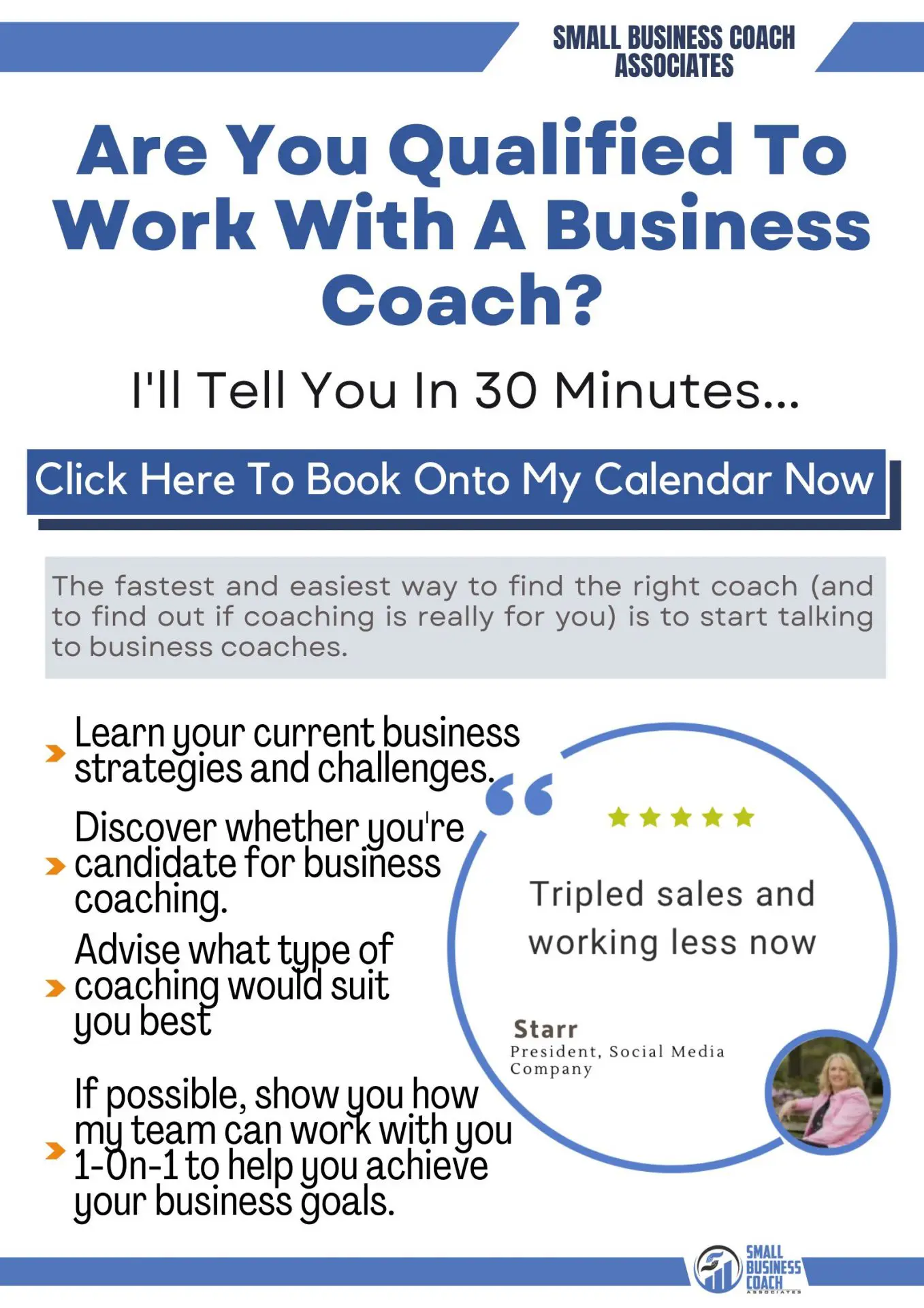Nowadays, running a successful business in an ever-changing market can truly be challenging. Once you have put in a great effort, time, and funds to start a business, you surely want to secure it from all various risks that could threaten its growth. As such, securing your business is vital to its success.
As a business owner, you must take care of records, legal documents, data breaches and cyberattacks at all times, while making sure that your employees are well-taken care of, and that they’re happy and healthy.
Below, we highlight 4 crucial steps you need to take to secure your business and provide it with a chance to achieve long-term success and growth.
Obtain Business Insurance for Securing Your Business
If you have recently opened a startup or a small business, you’ve probably made huge investments with your hard-earned savings and managed to raise capital to secure a funding stream for your operation. This is why you must protect your business venture against any possible claims and liabilities.
For this reason, we advise you to look into a good E&O policy for your small business and get covered with professional liability insurance. This is an excellent way of protecting your business from lawsuits and claims of inadequate or negligent work and business errors. Do your research and get your business insurance from a policy provider that specializes in small businesses so it can be customized to your specific industry needs.
Look at the possibility of getting other useful insurances like commercial proper insurance to protect the building, premises and equipment you may have bought or rented. In addition, getting worker’s compensation insurance is also a clever move so your workforce can get benefits, as well as data breach or cyber insurance to help you respond if any data is lost or stolen.
Enhance IT Security

Data breaches and cyber-attacks are among the biggest risks for a business these days. In fact, in a recently published report, cyber risks topped the list of what made the surveyed business leaders most worried. The pandemic we recently went through also led to a direct increase in cyber attacks. With a security situation that reinforces the fear of cyber threats, many people are wondering how their organization is doing.
If you’re thinking about how protected you are, it can be nice to take concrete measures and invest in reliable systems with high security that protect a business’s data and information.
Something that most companies have unfortunately experienced is important files or data disappearing which is a loss that can be difficult to recover from. To avoid losing information, it is, therefore, advantageous to use a backup solution that securely saves your data. There are different variants of backup solutions, but the most common is to use cloud storage or internal servers that are dedicated to just this.
To increase your IT security, it’s wise for your company to segment the wireless network with at least two networks, and it’s especially important to distinguish between the network used by those who work at the company and what guests use. The users of the guest network would be customers, partners and everyone else who doesn’t work at your company.
Maintain Good Hygiene
Expectations of good hygiene and safety in the workplace have increased and new effective routines are now needed for people to be able to work safely. By encouraging good hand hygiene and regular cleaning routines, businesses together can prevent the further spread of infection and your business can reduce the cost of sick leave.
Implement thorough and good cleaning routines so that surfaces and premises are cleaned regularly. Ensure that touch surfaces such as handles, switches, keyboards, handrails, sinks, water taps and other surfaces that many people touch are cleaned thoroughly and regularly. Remember to also do a risk assessment for the employee who performs the cleaning, so that risks are minimized and the right preventive measures are taken.
Dirt, dust and messy spaces create stress, in addition to allergies, asthma and infections. A dirty environment affects employees both physically and mentally, causing them to lose concentration and perform worse. Therefore, a clean workplace is a very important part of the general work environment.
Develop a Social Media Policy
Social networks and emails have become a huge security concern for companies as they make it easy to disseminate information. Once the information leaves your company, it is difficult to be recalled. For this reason, to make sure things remain private, your email policy should address appropriate content for social media and emails.
Final Thoughts on Securing Your Business
As a business owner, it’s your job to secure your business and prevent threats to your business systems and work processes. Protecting your employees and safeguarding their health is also a prerequisite for a thriving working environment and business success.





































